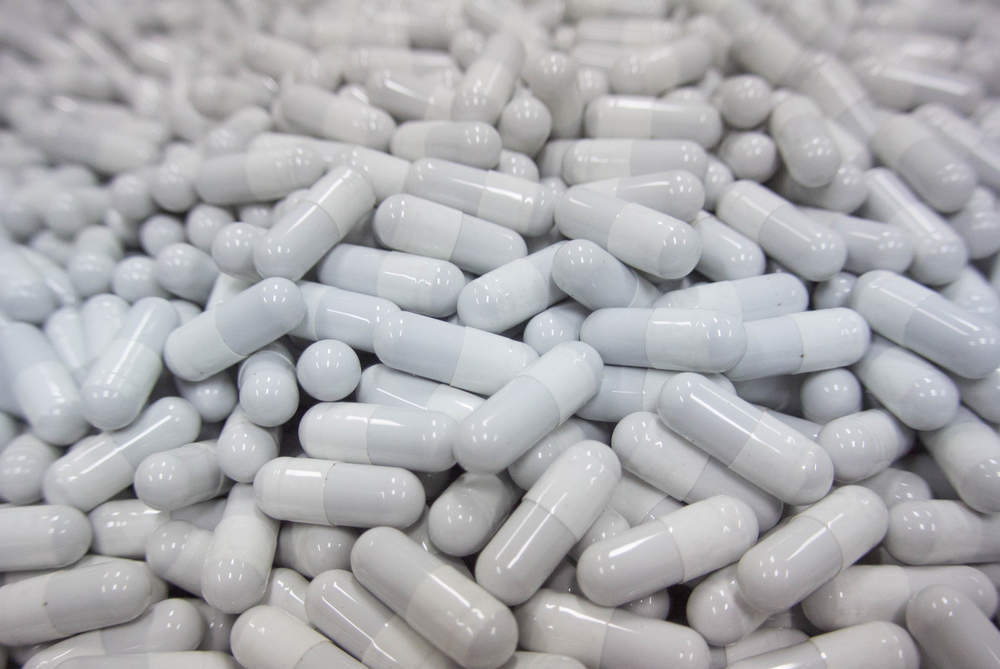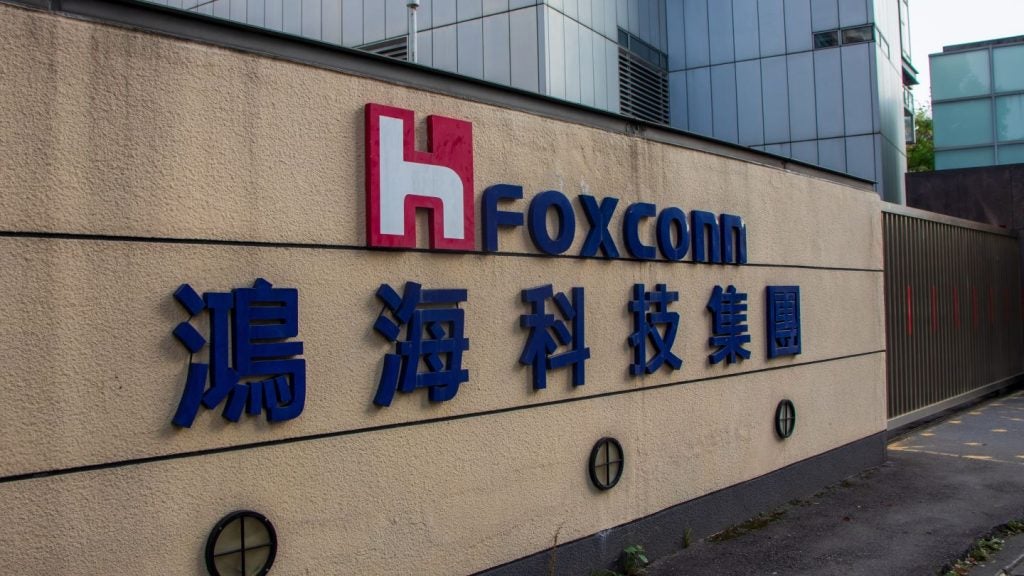The pharmaceutical industry lies in a cloud of uncertain future policies.
A negative spotlight has recently descended over the sector, triggered by unwarranted increases in drug pricing.
Most notable among the scandals that sparked public interest was Turing Pharmaceuticals’ 5,000 percent price hike of its 62-year-old generic drug, daraprim, which in turn has led to the investigation of several other key players.
This trending business model of growing profits through pricing over innovation has now led to push-back from influential stakeholders.
Pre-inauguration, president Donald Trump’s ruminations on pharmaceutical pricing certainly caught the media’s attention, and now it would seem he means business.
In late January, Trump held a meeting with leading pharmaceutical executives with the aim to significantly cut drug prices in the US through speedier drug approvals and through cutting Federal corporation taxes — policies that enthused Pfizer’s CEO, Ian Read, for one.
How well do you really know your competitors?
Access the most comprehensive Company Profiles on the market, powered by GlobalData. Save hours of research. Gain competitive edge.

Thank you!
Your download email will arrive shortly
Not ready to buy yet? Download a free sample
We are confident about the unique quality of our Company Profiles. However, we want you to make the most beneficial decision for your business, so we offer a free sample that you can download by submitting the below form
By GlobalDataPricing gears have started shifting.
Several pharmaceutical giants, including Novo Nordisk, Merck, and Allergan, have now pledged to ensure any price hikes on their products are below 10 percent, in an attempt to provide greater transparency surrounding the pricing issue.
This, however, is not enough for Trump.
His recent support of medicare drug price negotiations has sent pharmaceutical stocks sinking once again.
Allowing the US government to directly intervene in drug pricing, a topic of significant resistance from US drugmakers, will certainly fuel the sector’s volatility over the few next years.







